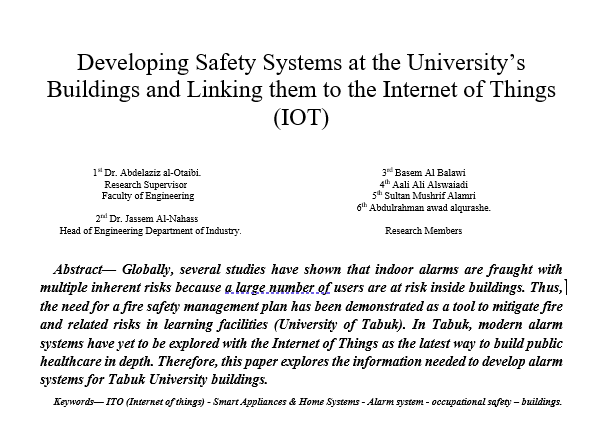
Net Zero Energy Retrofit Shading Strategies of Buildings in Gaza, Case Study: Multi-Storey Residential Buildings pdf
ملخص الدراسة:
Envelope of buildings plays a major role in achieving net zero energy for existing buildings, through reducing energy demand. Providing shading on a building envelope is considered a basic strategy to minimize energy usage, especially in hot climates. This facilitates reducing solar energy that may arrive to internal spaces and increase the required cooling load. However, shading devices may block the desirable solar radiation in winter and cause an extra heating load. This study aims to identify the Net Zero energy retrofit shading strategies that could be applied on the existing multistorey residential buildings in Gaza to minimize the annual heating and cooling loads. In order to achieve this aim, the study based on an analytical method by using DesignBuilder V5 computer program, as a simulation tool. The outcomes showed that low shading coefficient for fenestration systems with mixed mode ventilation is preferable to achieve low energy consumption of buildings. In addition, the shading coefficient value that ranges between 0.7-0.5 was approved to be effective in minimizing energy consumption.
توثيق المرجعي (APA)
Ashour, Rania, Muhaisen, Ahmed,& Ammar, Suheir (2019). Net Zero Energy Retrofit Shading Strategies of Buildings in Gaza, Case Study: Multi-Storey Residential Buildings. 2019 IEEE 7th Palestinian International Conference on Electrical and Computer Engineering (PICECE), IEEE. 28620
خصائص الدراسة
-
المؤلف
Ashour, Rania
Muhaisen, Ahmed
Ammar, Suheir
-
سنة النشر
2019
-
الناشر:
IEEE
-
المصدر:
المستودع الرقمي للجامعة الإسلامية بغزة
-
نوع المحتوى:
Conference Paper
-
اللغة:
English
-
محكمة:
نعم
-
الدولة:
فلسطين
-
النص:
دراسة كاملة
-
نوع الملف:
pdf



